Here’s the No. 1 Thing Americans Do With Their Tax Refund
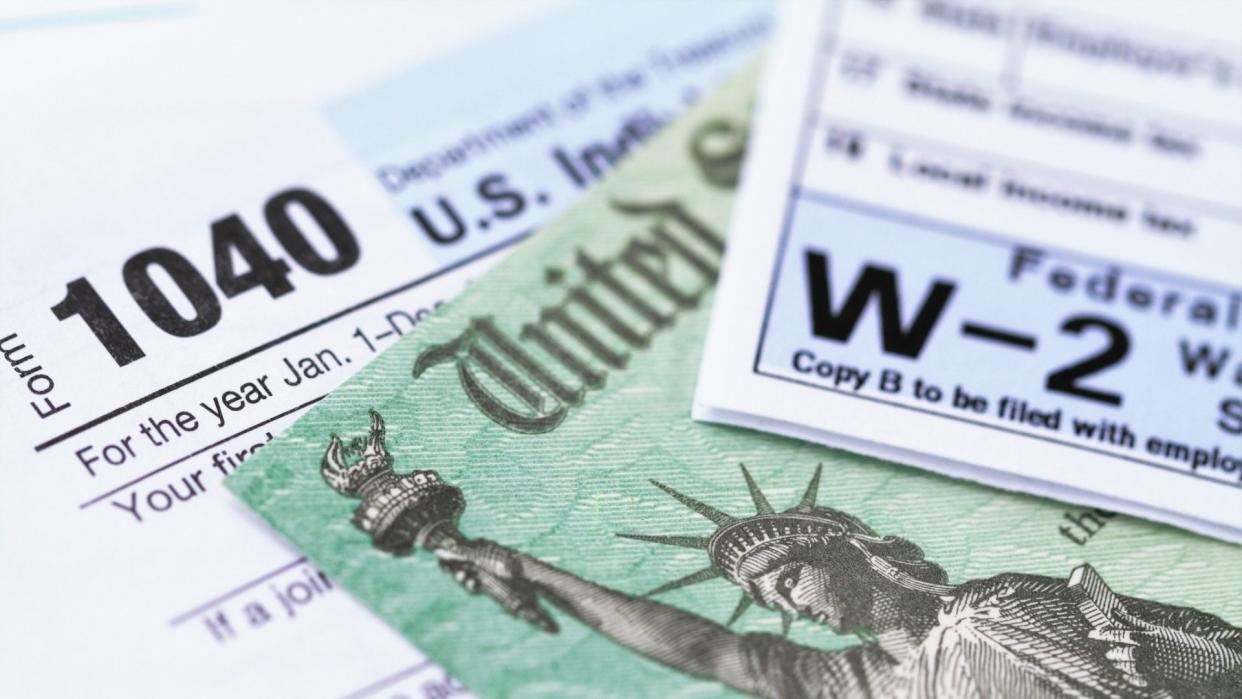
It’s safe to say that most Americans don’t look forward to tax season. But the refund that a majority of taxpayers get can make the tedious process of tax filing worth the effort. Of course, that raises the question of what to do with your tax refund.
Find Out: What Are the 2020-2021 Federal Tax Brackets and Tax Rates?
Not sure yet? With the filing deadline now pushed to May 17, you still have some time to figure it out — but if you need inspiration, here’s how the majority of Americans plan to use their tax refund in 2021.
Last updated: May 5, 2021

Most Americans Will Be Saving Their Refund
According to a 2021 survey of 8,211 U.S. adults conducted by the National Retail Federation and Prosper Insights & Analytics, most Americans plan to use their tax refund in a practical manner — putting it toward savings.
Learn More: Tax Year Deadline Dates You Need To Know

Paying Down Debt Was the Next Most-Popular Choice
Nearly a third of respondents — 32% — said they planned to use their tax refund to pay down debt. In 2020, 31% said they used their refund for this purpose.
Check Out: 8 New or Improved Tax Credits and Breaks for Your 2020 Return

Over a Quarter of Americans Will Use Their Refund To Cover Everyday Expenses
Over 1 in 4 Americans — 27% — said they would be using their tax refund to cover everyday expenses.
A recent survey conducted by GOBankingRates found that most Americans used their first two stimulus checks to pay for bills (45%) and to buy groceries (39%), which could be an indication of how they will spend their refund, too.
Don’t Forget: All the New Numbers You Need To Know for Planning Ahead on Taxes
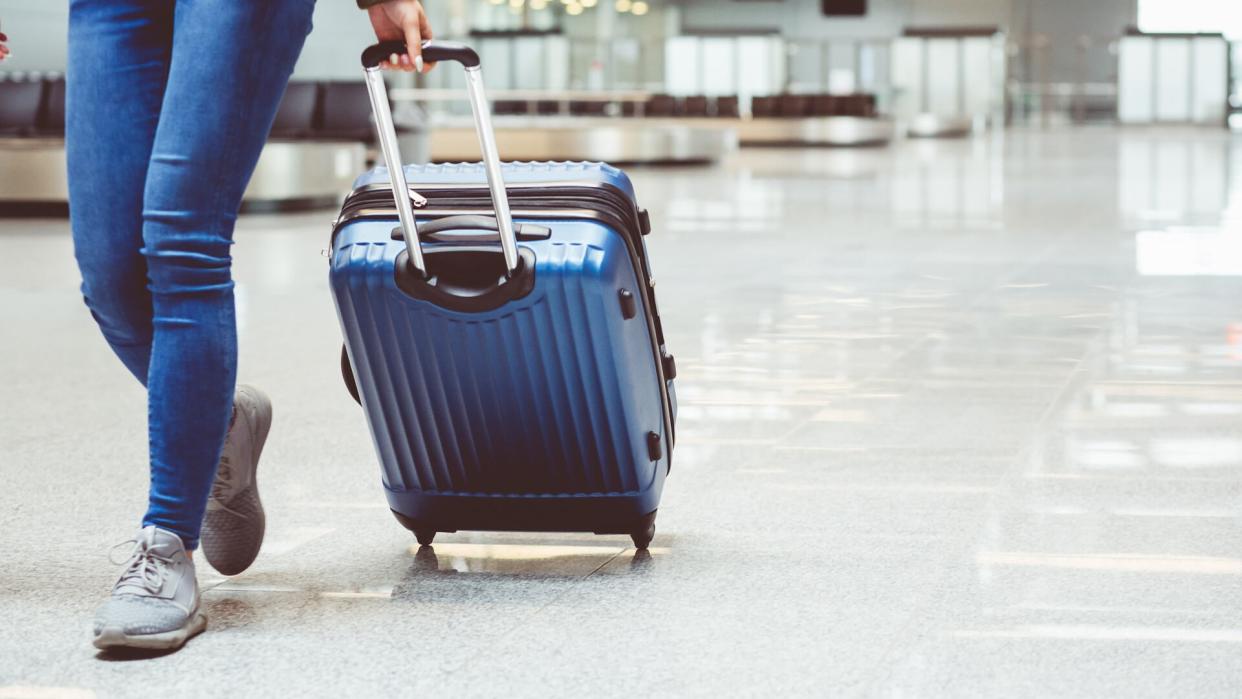
Few Americans Will Be Spending Their Refunds on Unnecessary Expenses
According to the National Refund Federation survey, only 8% of Americans said they planned to spend their refund on a vacation. Ten percent said they would spend it on a major purchase, 12% said they would spend it on a home improvement project and 8% said they would spend it on a “splurge” purchase.
Don’t Throw These Out: These Are the Receipts To Keep for Doing Your Taxes

When Do Americans Expect To File Their Taxes?
Most taxpayers didn’t plan on waiting until the last minute to file a tax return. The survey found that 44% of respondents had expected to file a return in February and another 34% planned to file sometime in March. Only 22% expected to file in April.
However, with the filing deadline being extended after the survey was conducted in February, more Americans might be waiting longer to file.

More Than Half of Tax Filers Are Expecting a Refund
According to the National Retail Federation survey, 62% of consumers expect to get a tax refund in 2021.

Younger Americans Are More Likely To Expect a Tax Refund
The National Retail Federation survey found that adults 65 and older were less likely than younger respondents to expect a refund. Half of the respondents in this age group said they wouldn’t get money back from Uncle Sam. And 43% of younger baby boomers, ages 55 to 64, said they wouldn’t receive a refund. Millennials, on the other hand, were more likely to expect to get money back. The survey found that only 30% of respondents ages 25 to 34 said they wouldn’t get a refund.
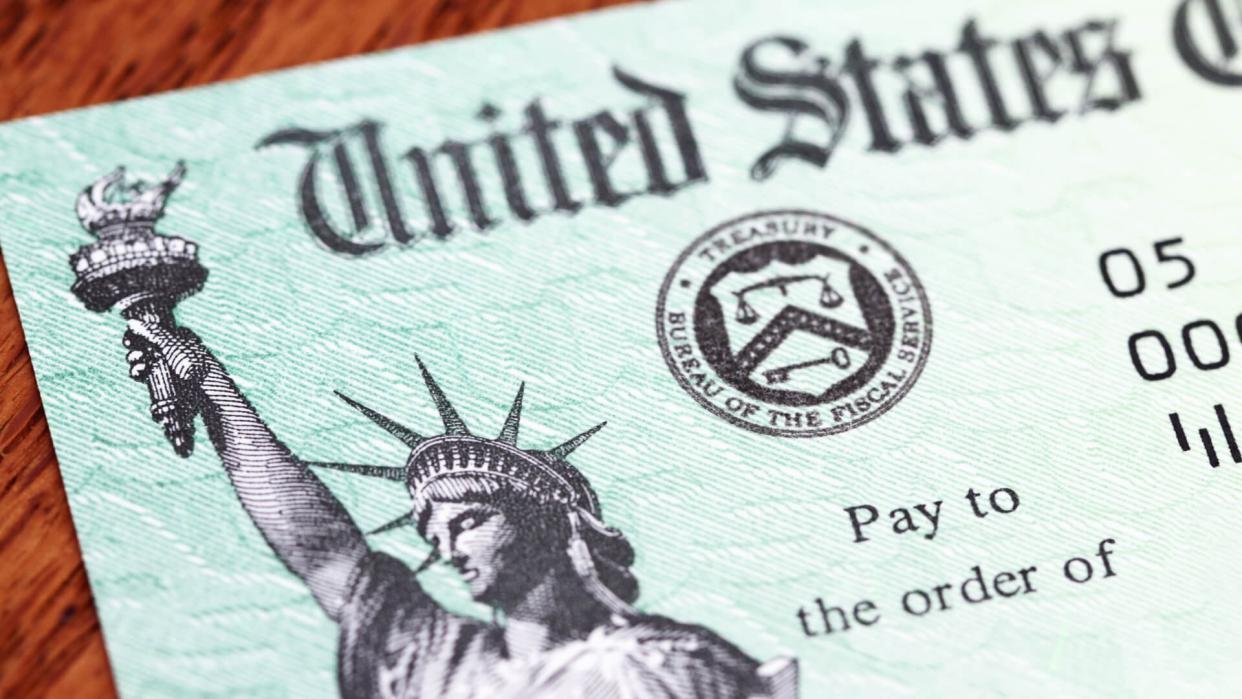
The Average Tax Refund Was $2,707 in 2020
With the average tax refund having been almost $3,000 for the 2020 filing season, the tax filers of today should plan ahead for how they’ll spend their tax refund from the 2020 tax year. The average return in 2020 was $2,707, down from $2,725 the previous year, according to IRS data.
As of April 23, 2021, the IRS had processed over 105 million tax returns for the 2020 tax year, with the average refund amount at $2,870.

The Best Ways To Use Your Tax Refund
If you are wondering, “What should I do with my tax refund?” you have plenty of options. But first, don’t think of your tax refund as free money. It’s money that you could have gotten in each paycheck, but instead, you let the government hold onto it for you throughout the year. So make the most of your money when you get it back rather than blow it.
Here are some smart ways you can use your tax refund to improve your financial situation.

1. Pay Off Debt
Join the 32% of respondents who planned to use their refund to tackle debt and consider using the cash you get to help pay off what you owe. Focus on first paying off high-interest debt — such as credit card debt — to reduce the total amount that you pay.

2. Create an Emergency Fund
GOBankingRates’ 2021 savings survey found that 40% of Americans have less than $300 in savings. That likely means they don’t have enough cash to cover emergencies. Stashing your refund in a savings account can be an effective way to build an emergency fund so you don’t have to rely on credit to cover unexpected expenses. This could be an especially smart move this year, given the volatility of the job market.

3. Open a Roth IRA
Take steps now to reduce your tax bill in retirement by saving money in a Roth IRA. In 2021, you can contribute up to $6,000 — $7,000 if you’re 50 or older — to a Roth IRA, and then withdraw the money tax-free in retirement.

4. Invest In Yourself
One of Americans’ biggest financial concerns is having to live paycheck to paycheck, a GOBankingRates survey on money fears found. You might be able to break this cycle by climbing the career ladder and making more money. You could use your refund to hire a career coach, take courses online to improve your skills, attend conferences, join networking groups or even launch your own business.
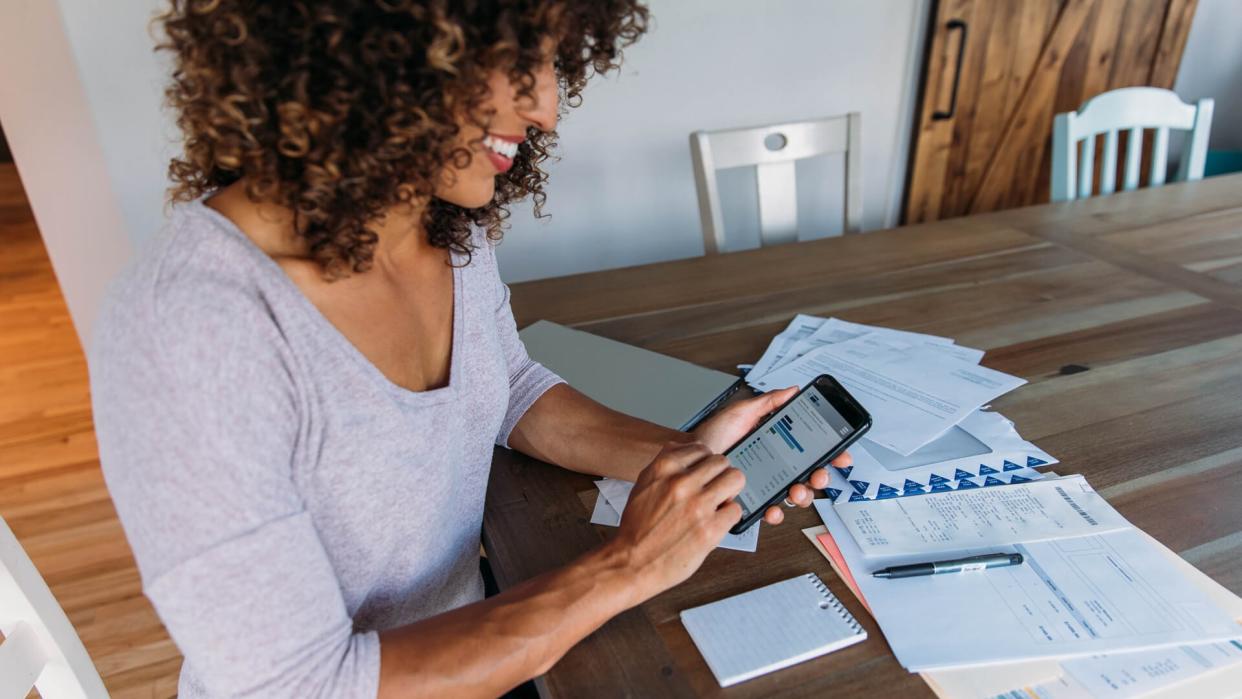
There Are Other Ways To Invest Your Refund
You might be wondering, “Where should I invest my tax refund?” A 2018 GOBankingRates survey found that younger adults were more likely than older generations to want to invest their refunds. When asked what they wanted to do with the money they’d get back from the government in 2019, 11% of respondents ages 18 to 24 and 13% of respondents ages 24 to 35 chose “Invest it.” Gen Xers ages 45 to 54 were the least likely to want to invest their refund, with only 6% choosing this option.

What Is the Best Way To Invest Your Tax Return?
There is no one best way to invest your tax refund. The best way for a 20-something straight out of college will be different than someone looking to retire in five years. Always make sure to speak with a financial counselor and do your research before investing.

Americans Have Historically Been Happy With How They Use Their Refund
No matter how you choose to spend your refund, it’s likely you won’t regret your choice. According to a recent survey conducted by IPX 1031, an overwhelming majority of Americans — 80% of respondents — didn’t regret what they did with their refund from the previous tax year. Men were more likely than women to feel regret about how they spend their refund, the survey found.

How Much Americans Expected To Receive From Their Tax Refund
The IPX 1031 survey found that, on average, taxpayers expected to receive a $2,059 refund. That was close to the average tax refund Americans had received in recent years. In 2020, the average refund was $2,707, according to the IRS.

Millennials Expected Bigger Refunds
According to the IPX 1031 survey, millennials expected the biggest refund in 2021: $2,232, on average. Boomers and older generations expected to get an average of $1,428, which is a smaller refund compared to other age groups.

Over a Quarter of Respondents Did Not Plan On Filing a Tax Return
A 2018 GOBankingRates survey found that more than a quarter of respondents said they didn’t plan to file a return. There are times when you don’t have to file taxes, such as when your income is below a certain threshold. But if you owe taxes and don’t file a return, you will have to pay penalties and interest and could be subject to a tax levy — which means the IRS will seize your property if you don’t pay your debt.

Americans Expect To Get Their Refunds Quickly
The GOBankingRates survey respondents who did plan to file a return expected to get a refund relatively quickly. In fact, 60% expected to get money back within three weeks or less. Most refunds are issued within 21 days of e-filing a return and six weeks of filing by mail, according to the IRS.

How To Track Your Tax Refund
So, the taxes are filed, they’re snug in the IRS’ hands; how do you then track your refund as it heads your way? E-filers will be able to track their returns and subsequent refund using the IRS’ “Where’s My Refund?” tool beginning 24 hours after filing. You can use the tool even if you mail a physical tax return to the IRS, but you’ll have to wait up to six weeks for the IRS to receive and upload the return into the tool.

How Can I Estimate My Tax Refund?
Maybe you’re planning on making a big purchase. Maybe you’re a bit behind on a few payments. Or maybe you just want to know how much that tax refund might be. You can use one of several great online estimators to get a ballpark figure.
TurboTax has the Taxcaster, an easy-to-use tool that is always up to date on the latest and greatest in tax law. H&R Block also has a tax return calculator — just answer a few simple questions about your income and expenses and you’ll be able to see an estimate of either your refund or what you might owe.
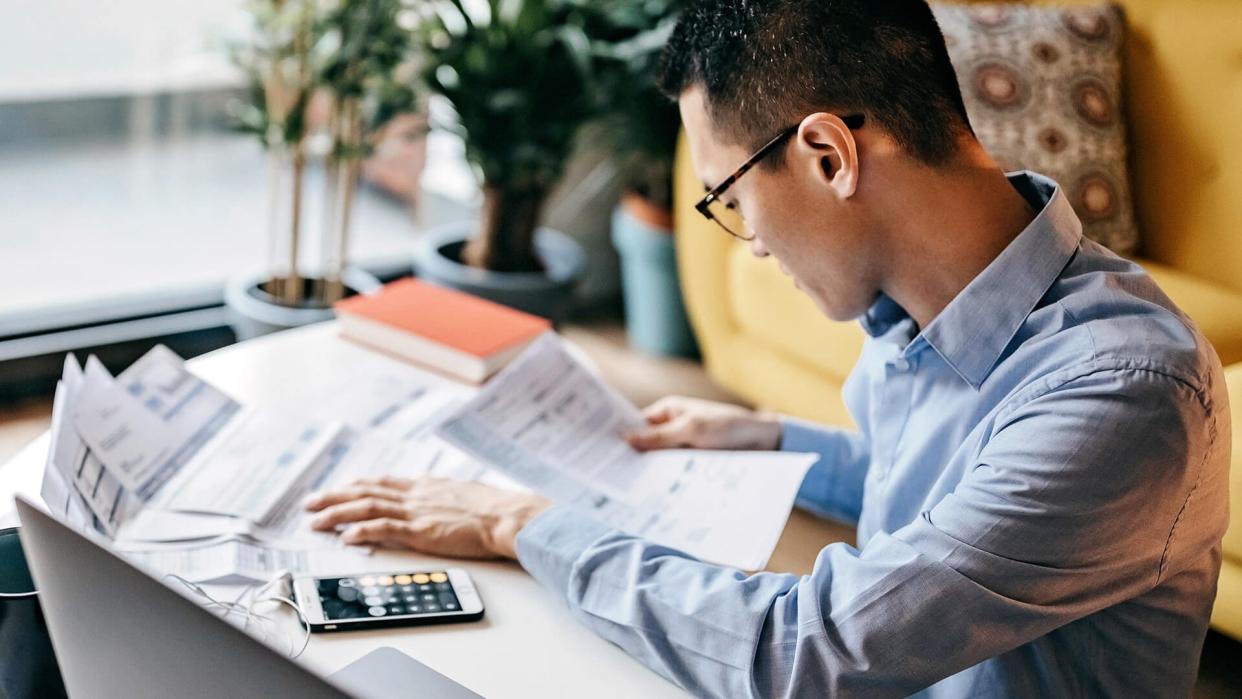
Why You Actually Shouldn't Want a Big Tax Refund
Although it can feel like a windfall, a big tax refund is actually not a good thing. It means that you let the government hang on to your money interest-free throughout the year. You could be better off getting more in each paycheck to pay down debt or invest so your money can grow. Taxpayers who regularly get a large refund might need to fill out a Form W-4 to adjust their tax withholding and hang on to more of each paycheck.
More From GOBankingRates
Money’s Most Influential: Where Do Americans Get Their Financial Advice?
‘Rich Dad Poor Dad’ Author Robert Kiyosaki: You Should Never Say ‘I Can’t Afford That’
Gabrielle Olya contributed to the reporting for this article.
This article originally appeared on GOBankingRates.com: Here’s the No. 1 Thing Americans Do With Their Tax Refund
